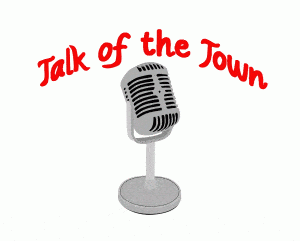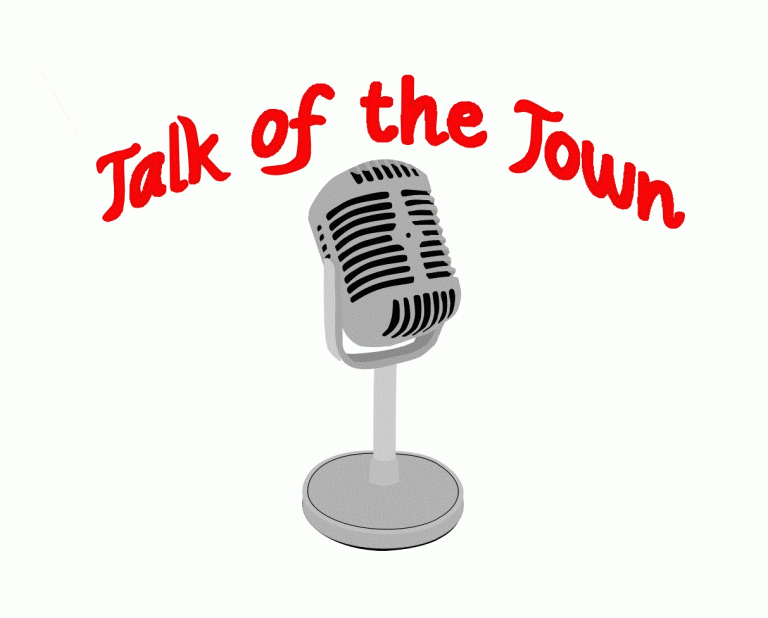Northwest Iowa — It’s almost time for the semi-annual ritual of re-setting clocks by one hour. Daylight Saving Time is about over for 2019 and will return in March 2020.
Some clocks, such as those on your smartphone, computer, and smarter clocks and home appliances set themselves. But for ones that don’t, you’ll want to “fall back” — that is, set your clocks back one hour before you go to bed on Saturday night. Also, some clocks fall into the special category of setting themselves but being old enough that they try to do it on the wrong date. Those will need to be set manually.
Here in the United States Daylight Saving Time began one hundred and one years ago — in 1918 with the Calder Act, which was implemented to help conserve fuel during WWI.
The Uniform Time Act, which was signed in 1966 by President Lyndon Baines Johnson, established a uniform Daylight Saving time across the country, and U.S. possessions. But in 2005, President George W. Bush signed into law the Energy Policy Act of 2005, which extended Daylight Saving Time by four weeks, beginning in 2007.
Several areas of the United States don’t observe Daylight Saving Time, including Hawaii and Arizona. Many other countries also change time depending on the season, but not all on the same date. Some southern hemisphere countries change their time in the opposite direction because their summer is during our winter.
For us here in northwest Iowa, the time will officially change at 2:00 a.m. Sunday, November 3rd. Again, don’t forget to “Fall Back” on Saturday night. Daylight Saving Time will return on March 8, 2020.












